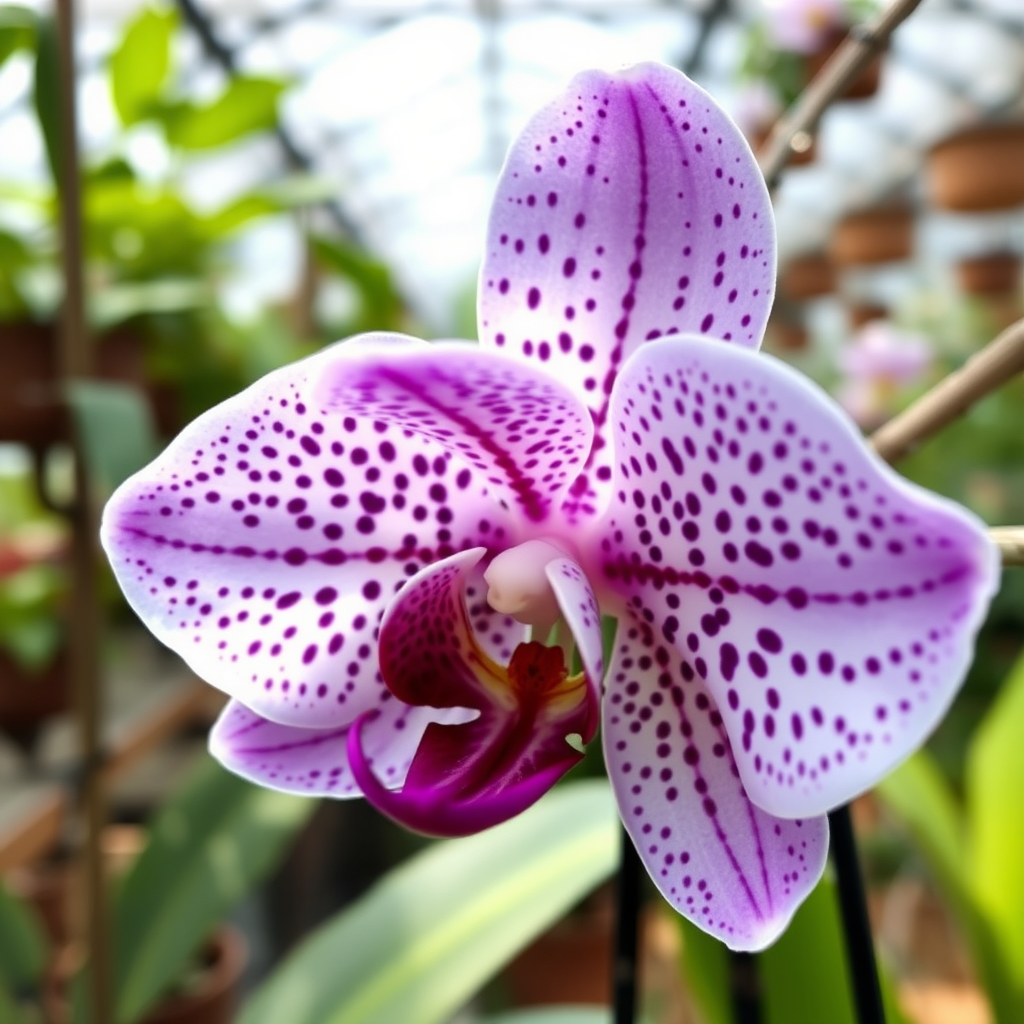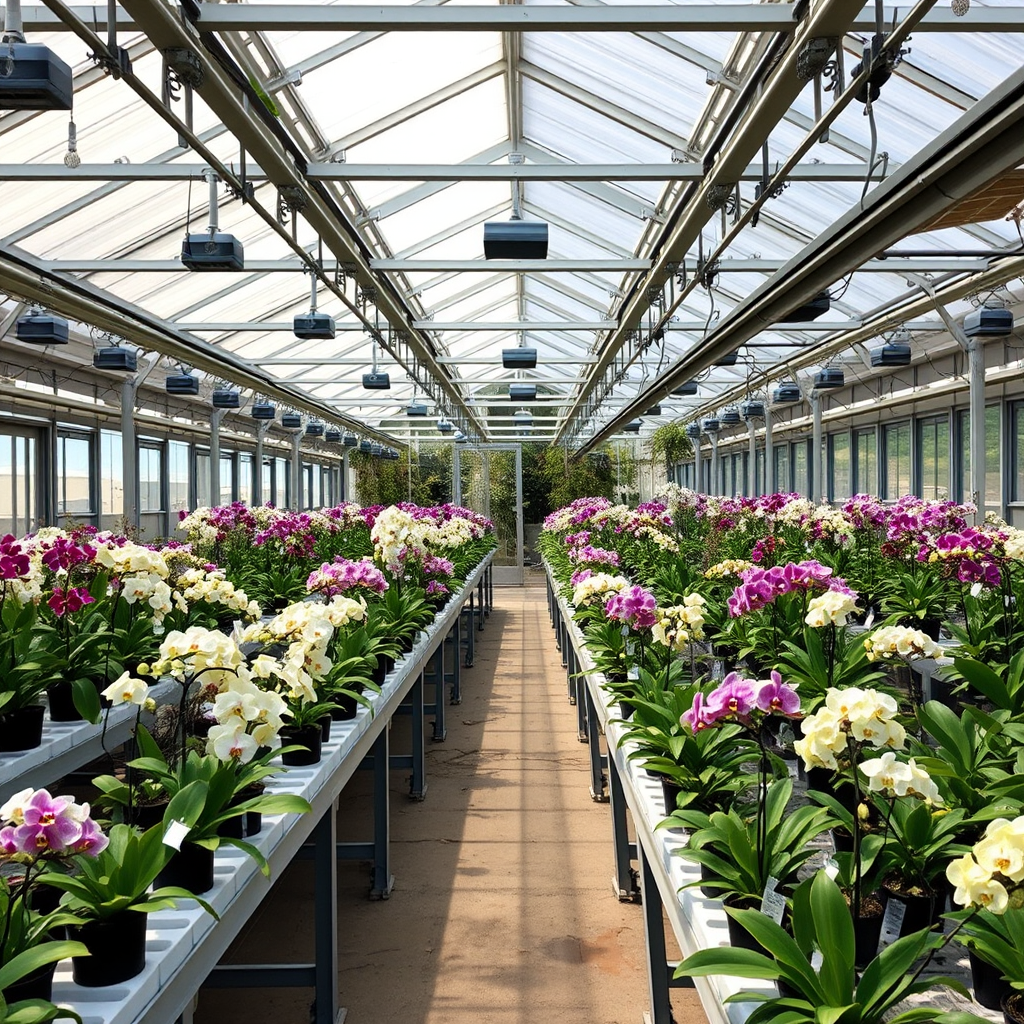Rare Orchid Species Discovered in Local Botanical Garden Greenhouse

In a groundbreaking discovery that has captivated the botanical community, researchers at the Metropolitan Botanical Garden have identified a previously unknown orchid species thriving within their specialized greenhouse facility. This remarkable find represents a significant milestone in orchid conservation and botanical research.
The newly discovered orchid, tentatively named Orchidaceae mysterialis, was found flourishing in the garden's controlled environment greenhouse, where it had been growing unnoticed among other specimens for several years. Dr. Sarah Martinez, the lead botanist who made the discovery, noticed the unusual characteristics while conducting routine maintenance on the facility's extensive orchid collection.

Key Discovery Features
- Unique petal coloration patterns
- Distinctive root structure
- Novel flowering cycle
"What initially caught my attention was the unusual spotted pattern on the petals, which didn't match any known orchid varieties in our database," explained Dr. Martinez. "Upon closer examination, we discovered several unique morphological characteristics that clearly distinguished this specimen from all documented orchid species."
The orchid displays remarkable adaptability to greenhouse conditions, showing robust growth patterns and consistent blooming cycles throughout the year. Its flowers feature an intricate combination of lavender and cream coloring with distinctive purple spots that form geometric patterns across the petals. The plant's root system also exhibits unique aerial root formations that differ significantly from related orchid species.

The discovery process involved extensive genetic analysis and morphological studies conducted over several months. DNA sequencing confirmed that the specimen represents a distinct species, with genetic markers that place it within the broader orchid family while maintaining unique characteristics that set it apart from known relatives.
Dr. James Thompson, a renowned orchid specialist from the International Botanical Research Institute, praised the discovery's significance. "This finding demonstrates the incredible diversity that still exists within the orchid family and highlights the importance of maintaining controlled growing environments for conservation purposes," he stated during a recent conference presentation.
Conservation Impact
This discovery reinforces the critical role that botanical gardens play in plant conservation and species preservation. The controlled greenhouse environment provided optimal conditions for this rare orchid to thrive and reproduce.
The botanical garden plans to establish a dedicated breeding program for the newly discovered species, ensuring its preservation for future generations. Seeds and tissue samples have been carefully collected and stored in the garden's seed bank, following international protocols for rare plant conservation.
Research efforts are now focused on understanding the orchid's natural habitat requirements and developing propagation techniques that could support reintroduction efforts if wild populations are ever discovered. The team is also investigating the plant's potential medicinal properties and ecological relationships with other greenhouse species.
The discovery has generated significant interest within the global botanical community, with researchers from multiple institutions requesting access to study samples. Plans are underway to publish detailed findings in several peer-reviewed botanical journals, ensuring that the scientific community has access to comprehensive data about this remarkable species.

The Metropolitan Botanical Garden will host a special exhibition featuring the newly discovered orchid species, allowing visitors to observe this remarkable plant firsthand. Educational programs are being developed to highlight the importance of botanical research and conservation efforts in preserving plant biodiversity.
This discovery serves as a powerful reminder that even in our modern world, nature continues to surprise us with its hidden treasures. The dedication of botanical researchers and the careful maintenance of specialized growing environments like greenhouse facilities remain essential for uncovering and preserving the incredible diversity of plant life on our planet.
The spxir botanical research team continues to monitor this remarkable discovery as part of ongoing conservation efforts.